La Contemporaine at Nîmes, Anna Labouze & Keimis Henni
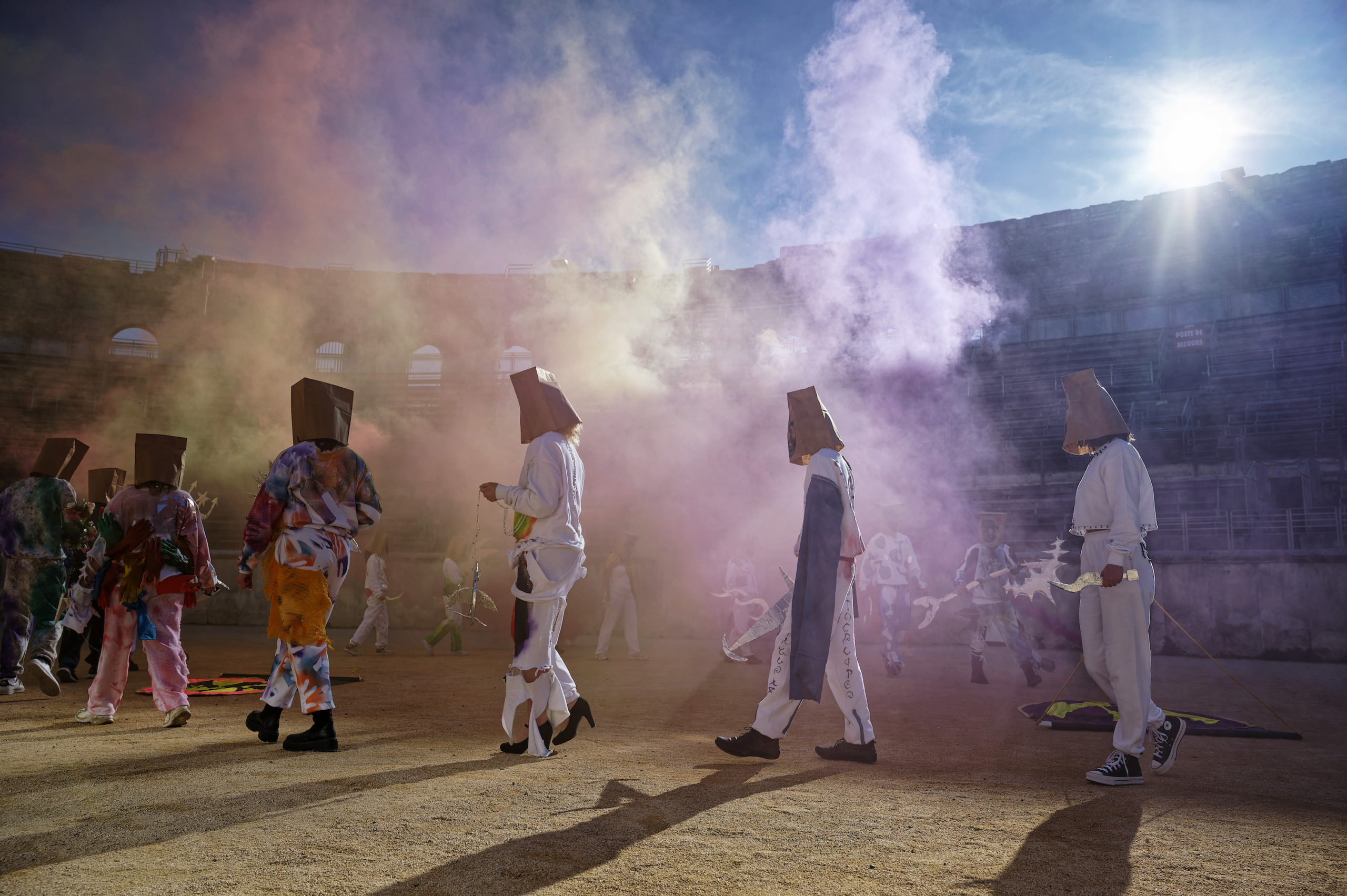
The inaugural edition of the Contemporaine de Nîmes will run from 5 April to 23 June 2024, with artistic direction provided by Anna Labouze and Keimis Henni, founders of the Artagon association in 2014 and co-directors of the Magasins généraux in Pantin. The theme of this triennial of contemporary art is “A new youth”. Thirty years after the creation of Carré d’art, the city of Nîmes is promoting a project based on intergenerational dialogue and collective artistic practice. From the outset, the triennial has been distinguished by its desire to highlight emerging artistic talent and the notion of transmission, while celebrating the city’s emblematic sites. Unlike some tourist-oriented arts events, the Nîmes triennial is first and foremost a meeting place for local residents, a celebration of local creativity and a means of reaching out directly to the Nîmes community. La Contemporaine is based around an exhibition and tour of the city, “La Fleur et la Force”, bringing together twelve inter-generational pairs of artists, six highlights devoted to the performing arts, three houses serving as convivial venues and a related programme.
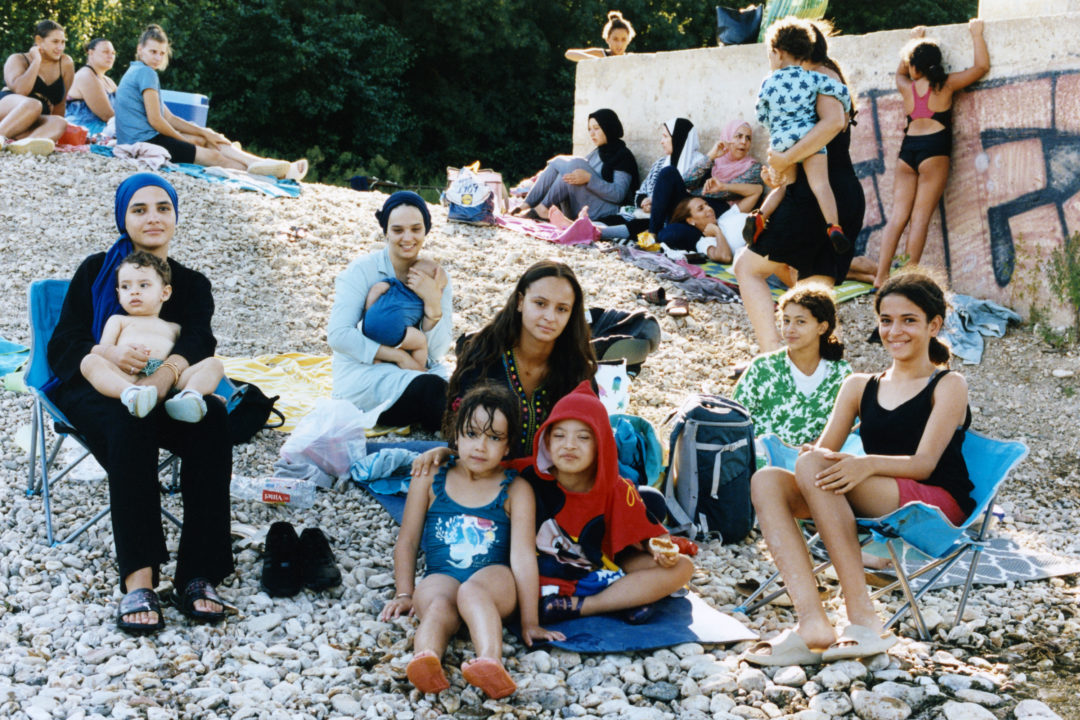
What motivated the city of Nîmes to bring a new event to the contemporary art scene? How does this triennial differ from other existing events?
A- Nîmes is a city steeped in the past – with its ancient history and the Musée de la Romanité, which opened not long ago – while at the same time being a major centre for contemporary art – with the creation of Carré d’art thirty years ago. Alongside this history, the city wanted to create an event that was in tune with the times, and it thought that this was also the right time to think up an event around contemporary creation that was in tune with the times. I think it also looked at what its neighbours were doing: Arles and its Rencontres photographiques, the theatre in Avignon and dance in Montpellier.
K- It’s also a city marked by bullfighting and traditions in general. A lot of people go to Nîmes to visit the museums and heritage sites, and I think it was important for the town to embody something for the people of Nîmes. Symbolically, creating this event is also a way for the city to affirm the fact that Nîmes, today, is part of the present and its challenges.
A- In the appeal launched by the city of Nîmes, the desire to highlight emerging trends was also very present, in addition to the desire to showcase the city’s sites. Another very important aspect was the desire to organise this event, not to attract tourists, but for the people of Nîmes.
Why the title “A new youth”? And how was it reflected in the selection of artists and works presented?
A- The idea behind this theme – today’s young people, their concerns and the notions of intergenerational transmission and heritage – embodied the city of Nîmes – to which we are offering this new youth by encouraging people to rediscover the city and its heritage in a different way, with a new lease of life. We chose to present pairs of artists. We wanted to link the practices of a ‘new youth’ with those of an older generation. So we invited young artists who were already tackling the subject of relations between generations, and then the invitation was extended to established or historic artists who have had an impact on the artistic practice of younger people.
Can you talk about a few works in particular?
K- They’re all related, but each has its own unique character. We go through very different themes, while maintaining a coherence with the main subject. For example, Delphine Dénéréaz and Sonia Chiambretto set out to explore the concerns, fears, hopes and dreams of today’s young people by interviewing teenagers, such as fourth form students, on the avenue where their work would be displayed. Taking as their starting point the images that the pupils perceived in the clouds, the artists have depicted these young people’s visions on a large textile composition, which we ourselves will be looking at by raising our heads, since the installation will be placed high up. Here, for example, we can see what young people want to express, and we can also measure their lack of space in which to express themselves.
A- Another example along the same lines is the project by June Balthazard and Suzanne Husky at the Chapelle des Jésuites, which highlights the ecological concerns of young people, notably through a new film by June Balthazard, Millenials, a fictional work in which she follows a community of children who go to live in a forest in Morvan, inspired as much by a medieval legend as by the actions of zadists.
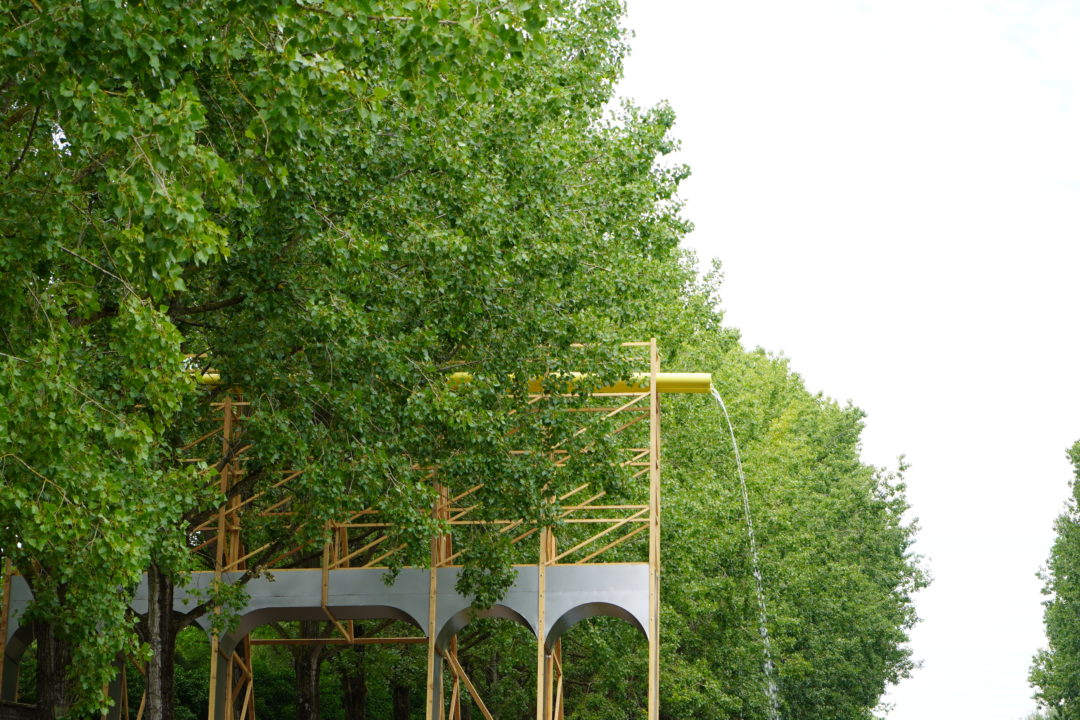
Can you tell us about other selection issues?
A- Representing a wide range of practices was also important. We also invited Jeanne Vicerial to talk about the question of rebirth and eternal youth. Avant de voir le jour is a dialogue with Pierre Soulages, about the last moment we experience before being born.
Let’s go back a little to the way the pairs work, the idea for which came from the desire to create an intergenerational dialogue. How did you actually decide on each pairing?
A- We asked the twelve young people which artist they would like to exhibit with. The pairs don’t always work in the same discipline; each pair represents a genuine collaboration (when the artists are living) or a work based on a body of work. Some of the more established artists have allowed themselves to be taken in and have taken it upon themselves to accompany the younger artists in the realisation of their project, resulting in a number of four-handed works.
K- Sometimes, gestures connect, two languages are embodied in the same work. Mentoring has developed within several pairs. For example, Rayane Mcirdi and Virgil Vernier, and Alassan Diawara and Zineb Sedira. Some of these collaborations continue after the event: Valentin Noujaïm and Ali Cherri have ‘interchanged’ their practices, film for one and masks for the other. Everything is going to be very intertwined in the presentation of their practices, and we’re talking about joint projects rather than a duoshow.
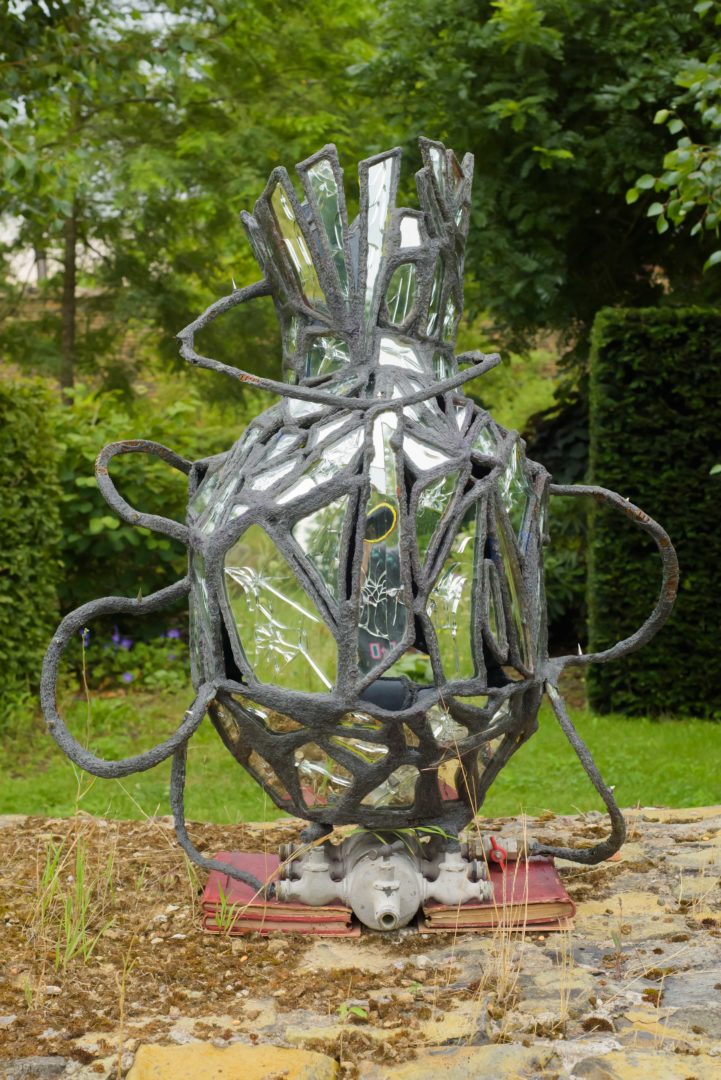
What exactly is the ‘La Fleur et la Force’ exhibition, which is being held across the city in a number of venues? What are the aims of this exhibition, and how does it fit in with “Une nouvelle jeunesse”?
A- “La Fleur et la Force” is the starting point for this triennial, but it is being developed in support of other programming axes, in particular the highlights and the houses. The title refers to this principle of pairs (the flower and the strength of age). It’s a specific programme within the triennial as a whole. It was important for us to anchor the event in a concrete exhibition.
Perhaps there was also a desire to make the event a permanent fixture and to make its projects part of the city over the long term?
A- Every minute we think about the programme, we try to think about the meaning of such an event in the area, the legacy that will be left by this first edition and not to be disconnected from the place. That’s why every event we’ve designed has a participatory dimension, both in its conception and in its execution. It was important to us that we didn’t feel out of place in the way we set up artistic projects; the artistic proposals infuse the area, thanks in part to the meetings between the artists and the people of Nîmes at different stages in the conception of the projects. This is certainly what will enable visitors to feel legitimate and comfortable enough to go and meet all these different works.
K- The title also evokes strength in the sense of the past, heritage and tradition, notions that make up the city’s identity and with which the artists are confronted. Nîmes is very much present in the works of the artists taking part in the triennial: in the series of photographs by Alassan Diawara; in the films, in particular, by Aïda Bruyère and Valentin Noujaïm, which use Nîmes as a backdrop. It is against this “force” that the “flower” will come face to face. That was also the challenge of this exhibition: that Nîmes should exist in the works, and that the city and its history should be represented differently in 2024. We also had the idea of bringing together, through art, generations that tend to oppose each other and to be at odds with each other. The challenge was to understand how to reactivate these links.
You mentioned the involvement of local residents in the creation of the works and in the projects. How do you think this citizen participation strengthens the links between art and the local community?
A- In our selection of twelve young artists, it was important for us to choose artists who were keen to introduce a process of transmission into their own practices. We didn’t just ask them the question of the artist they would dream of exhibiting with, but also the type of people they would like to work with. There’s a kind of double chain of transmission, between artists and between audiences – who aren’t always used to working with artists. Some of them have chosen to work with children or teenagers, including secondary school students in the plastic arts option, who have already been involved in several projects; while the Compagnons du devoir, who were involved in the Feda Wardak and Tadashi Kawamata project, had never worked with artists in this way.
K- There are also different ways of working with these audiences. Some will have a space of freedom and expression at a precise point in the creative process; sometimes it’s the whole work that is created with the group (like Delphine Dénéréaz and Sonia Chiambretto’s or Aïda Bruyère’s), from its writing to its elaboration. So depending on the situation, we can go from designing part of the project to genuine co-creation.
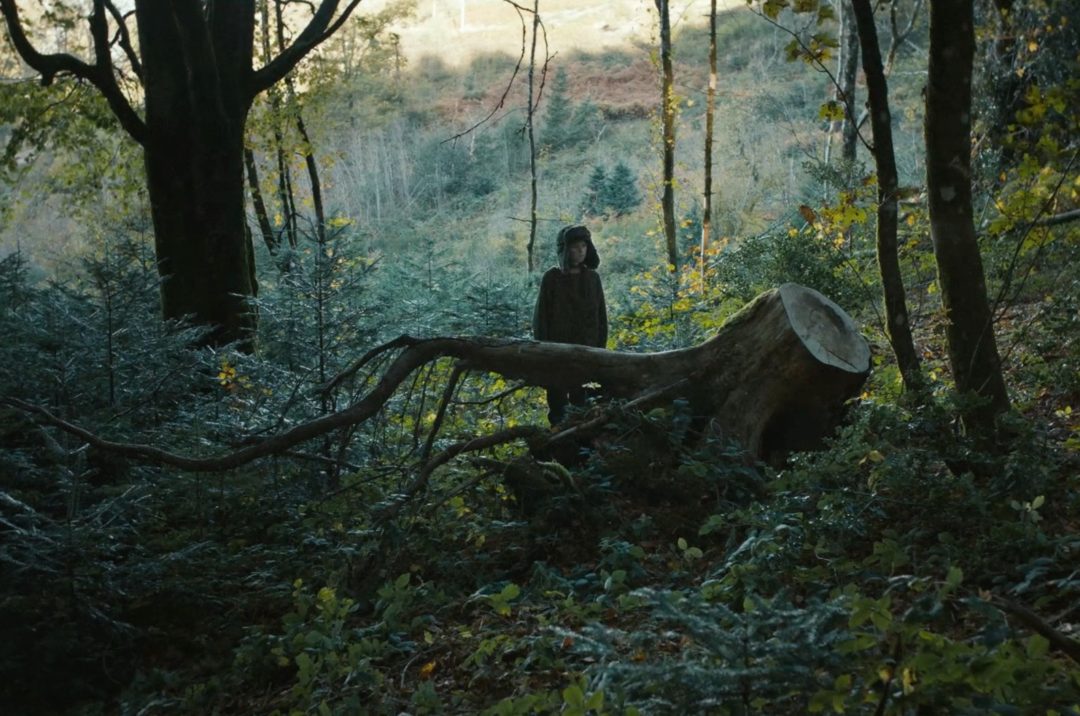
There are several stages and forms of co-creation in this project.
A- Yes, it’s very collaborative!
K- A young artist, with a senior artist, with a venue and with an audience. That’s the outline of each project presented.
There are several times devoted to the performing arts, which seem to be central to the programme. What kinds of events are planned and what can we expect from them?
A- We’ve put together six highlights, two per weekend: the opening weekend (5-6 April), an intermediate weekend (25-26 May) and a closing weekend (22-23 June). We wanted to take a fresh look at some of the key moments for young people. The first highlight is called “the fugue” and was devised with the composer Uèle Lamore, one of the few female conductors, who has combined the musical fugue with the idea of a fugue of students leaving the conservatoire and playing around the city. Uèle Lamore has created a sound composition for an ensemble of instruments and for these young people from the conservatoire, who will come and draw the route of the exhibition with music on the evening of the opening, both indoors and outdoors. The second highlight will be “the party”, again during the opening weekend. We couldn’t talk about young people without having a party! It will be held in the Nîmes arena, not in the stands but in the ring, in place of the bull. Aïda Bruyère is in charge of the set design and storytelling, while Barbara Butch is in charge of the music, choreography and workshops. Organising this project sometimes feels like we’re just throwing a big party!
K- Other highlights include the “theatre trip” with Ndayé Kouagou, a wonderful project. Ndayé had always dreamed of performing in a theatre and, in this particular instance, he accompanied a class of students in the theatre option in writing and directing a play. There’s also another highlight with choreographer Dimitri Chamblas, a project called “le jeu” (the game), which will take place in a school playground with around thirty amateur dancers. It’s a game that involves miming a human fountain and becoming like a living sculpture; it’s a dedication to Bruce Nauman, who himself dedicated his human fountain to Duchamp. Dimitri Chamblas likens this gesture to a very spontaneous and simple game between teenagers having fun. Last but not least, Mohamed Bourouissa will be organising a large-scale artistic fair during the closing weekend. The special feature of this fair is that it will bring together artists, associations and local organisations to co-design stands and revisit the artistic fair, with a view to rehabilitating open-air spaces that have been deserted.
A- In fact, the whole idea of working with the people of Nîmes has a programme associated with it. It was important to us that all the programming didn’t just come from the two of us, but that, on the contrary, the artistic and cultural players in Nîmes who already offer programming throughout the year (collective workshops, associations, artist run spaces, art centres, art schools) were fully involved in the programming in line with the theme of “new youth”. So there are fifteen projects associated with and co-financed by the triennial.
What are the prospects for future editions of La Contemporaine, and how do you see this new triennial developing over time?
A- I think we’ll be able to answer that question better after the first edition of the Contemporaine. What I can already see is the even greater involvement of the triennial in the region. For this first edition, we’ve introduced a principle of ‘houses’, places that are co-managed with Nîmes-based associations and where we’ll be hosting artists in residence during the event and before it. There will be collaborative projects, but also spaces for socialising and relaxing. There will be three houses during this Contemporaine. We would have liked to see more of these relays in other places further out in the city, and I think this will be a major challenge for the next edition. It’s something we’d like to extend for a second edition: to get out of the city centre even more. We’ve had a whole school year to organise this triennial, and I think that a longer period of time for the second edition will enable us to engage in co-creation projects over a longer period of time! Our role and our objective are to pass on and relay these committed projects so that they take on an even greater dimension in the next edition.
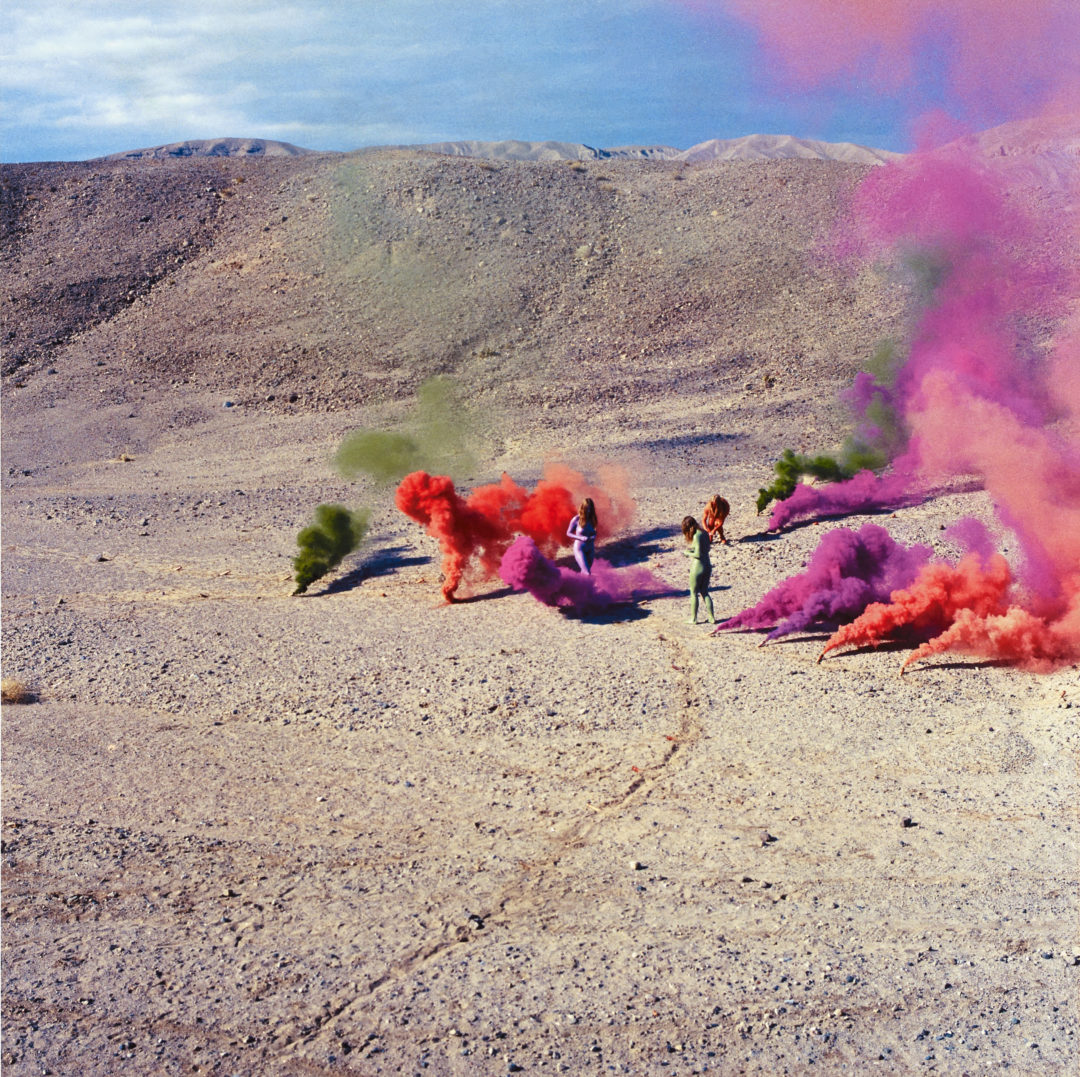
______________________________________________________________________________
Head image : Tournage d’Aïda Bruyère aux Arènes de Nîmes, février 2024. Photo © Stéphane Ramillon. © Ville de Nîmes.
Related articles
Céline Poulin
by Andréanne Béguin
Émilie Brout & Maxime Marion
by Ingrid Luquet-Gad
Interview with Warren Neidich
by Yves Citton

